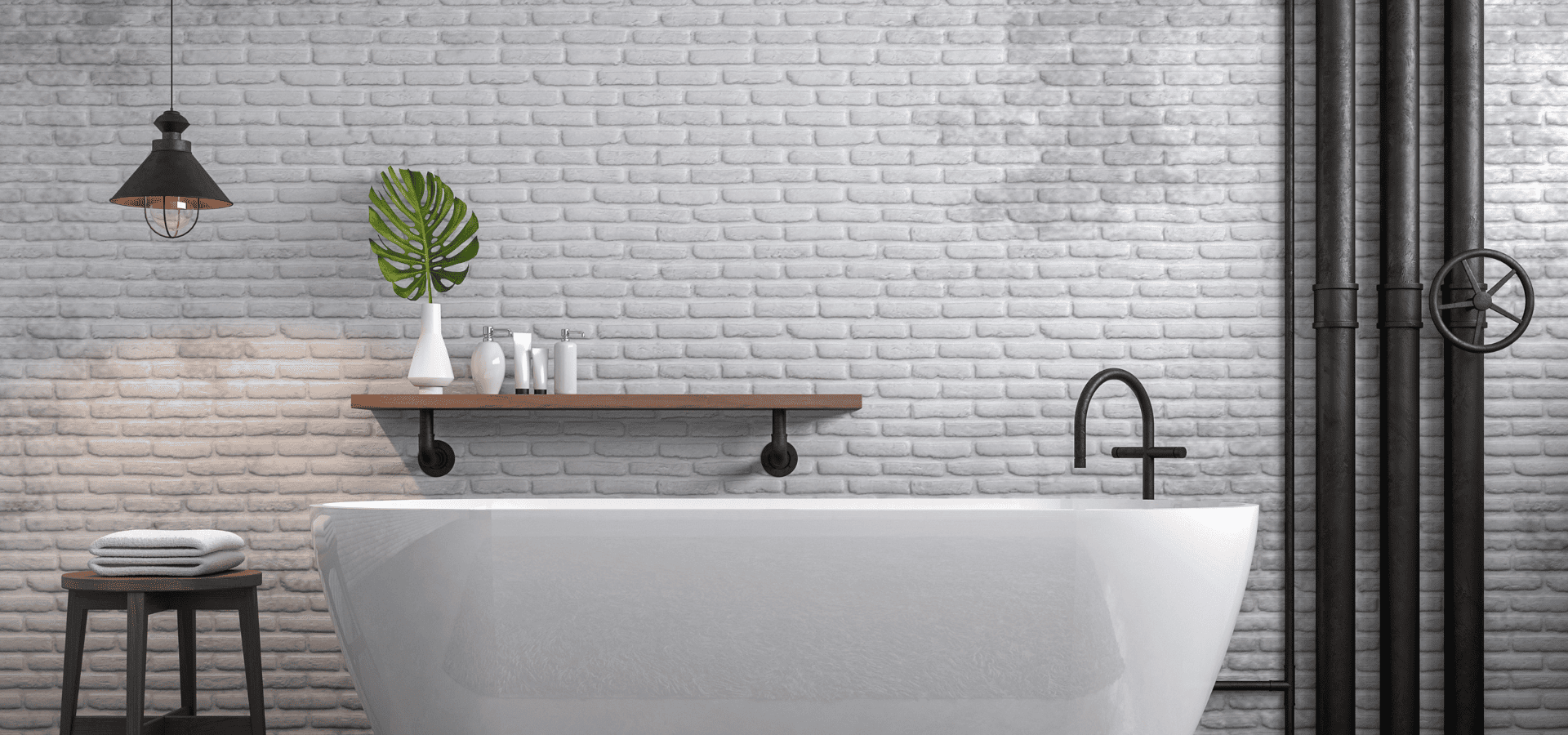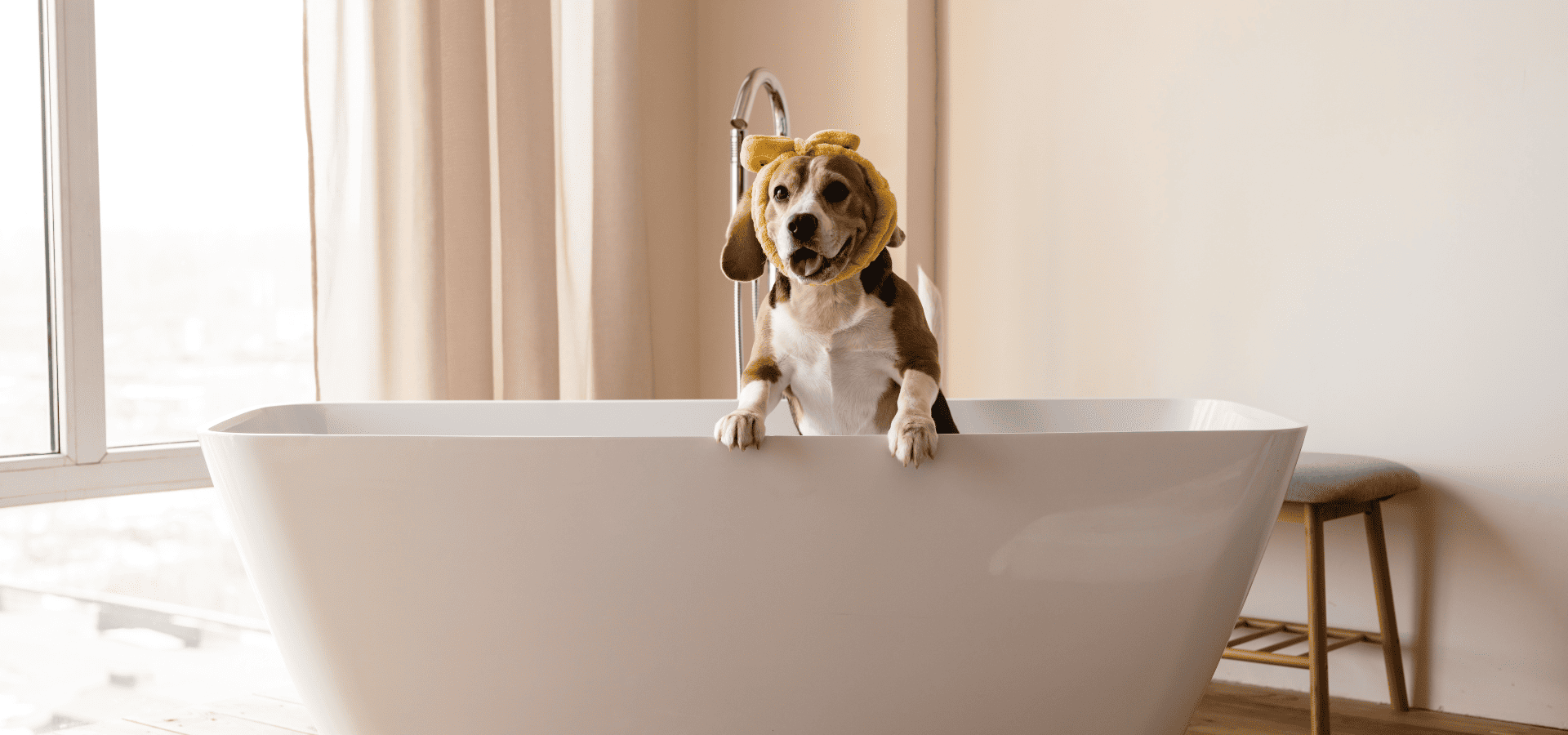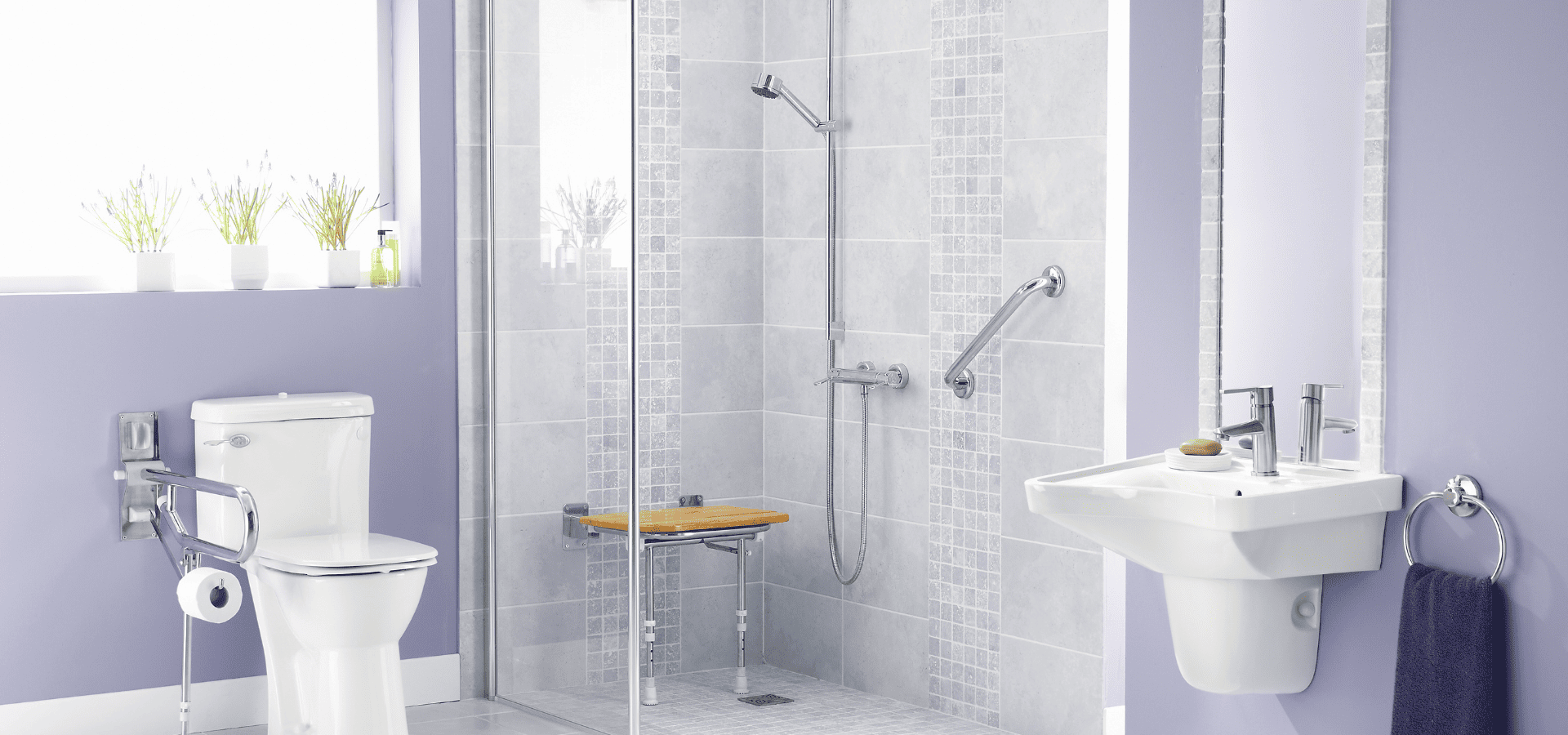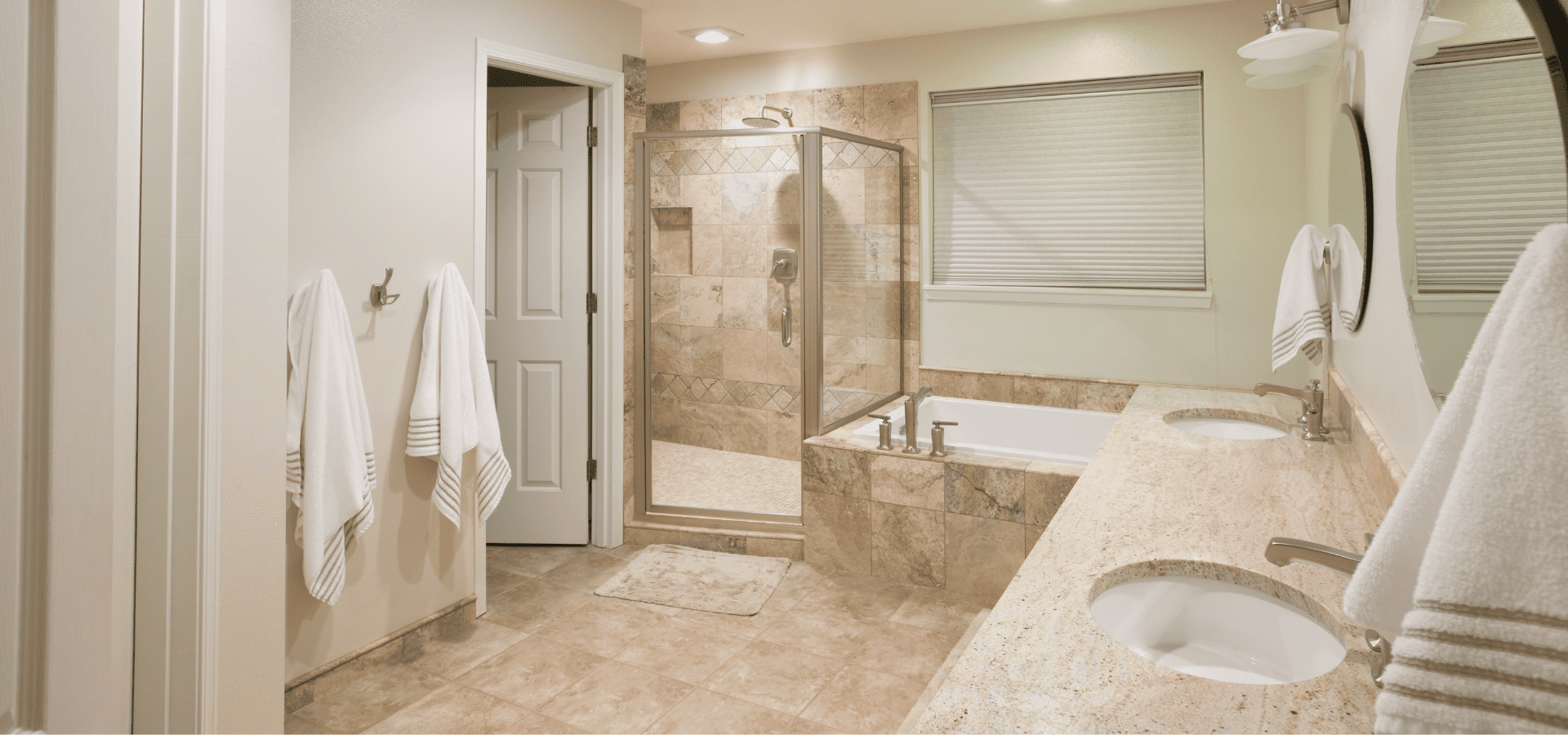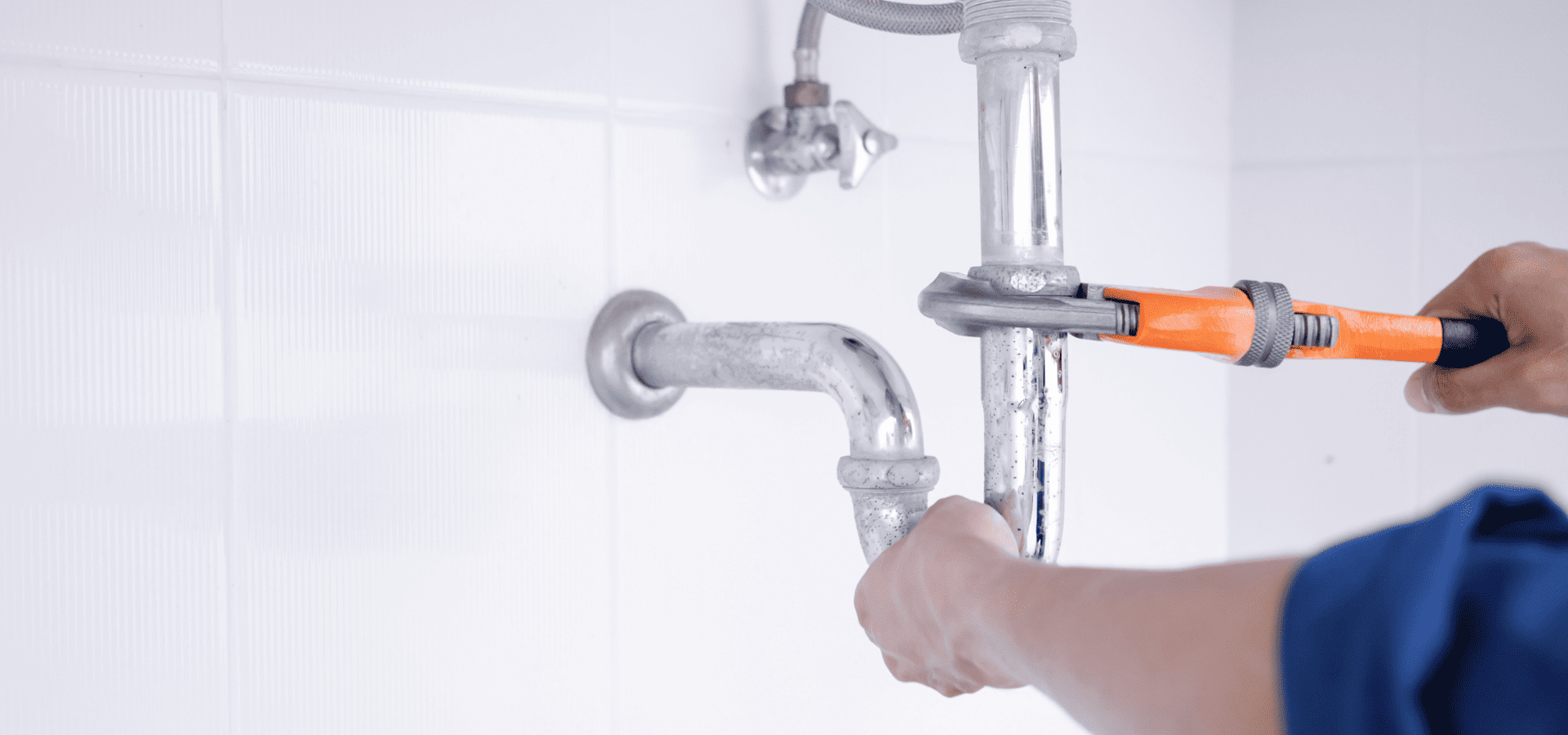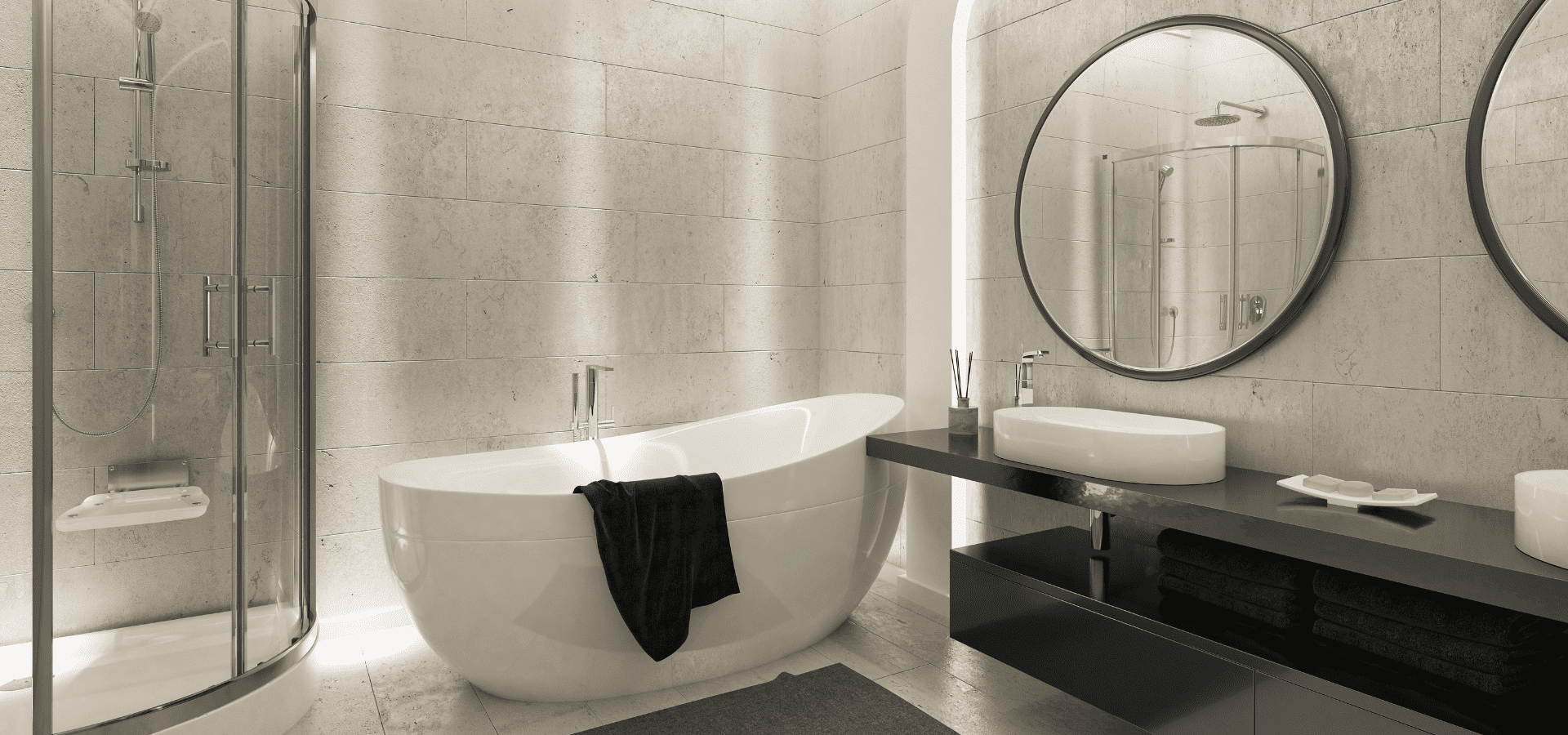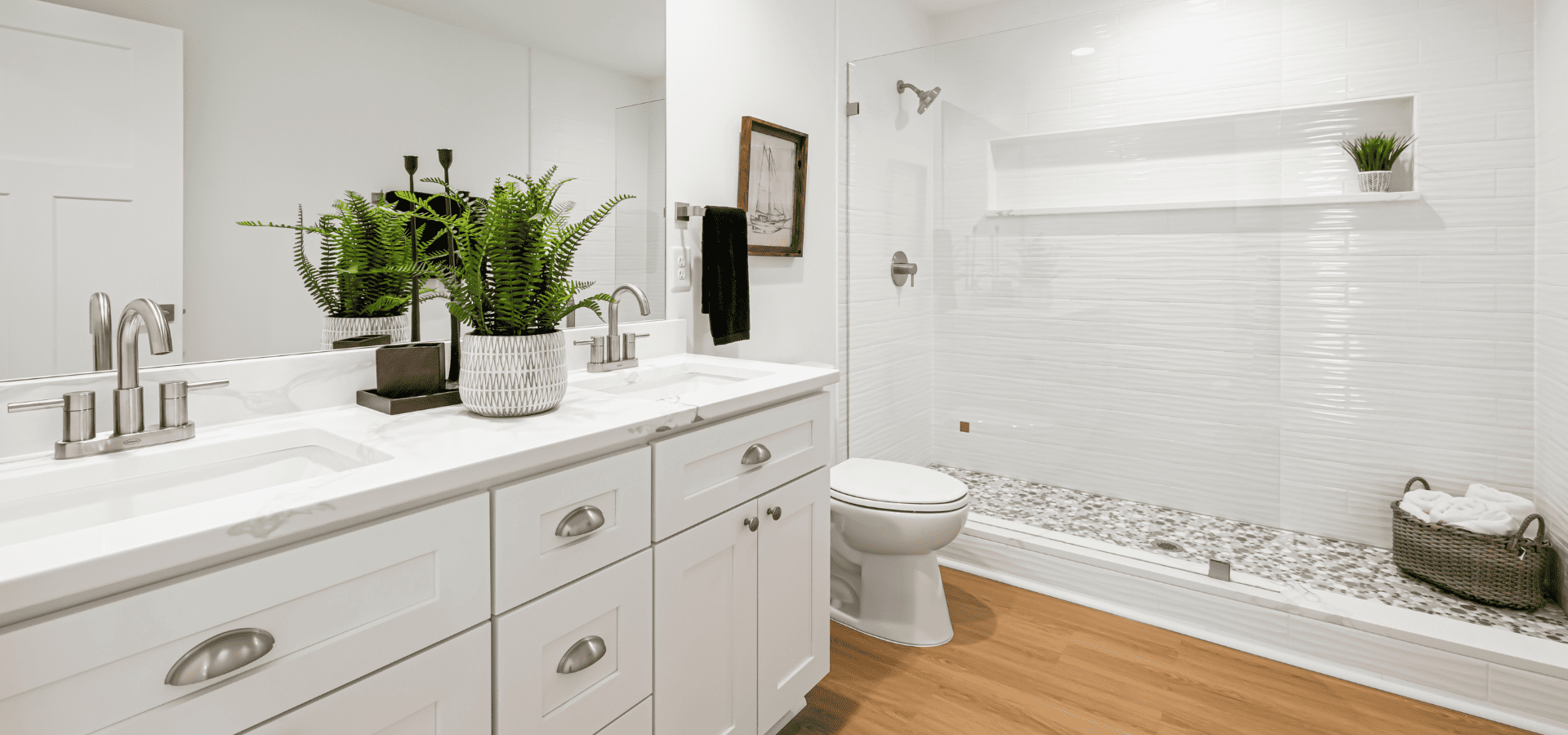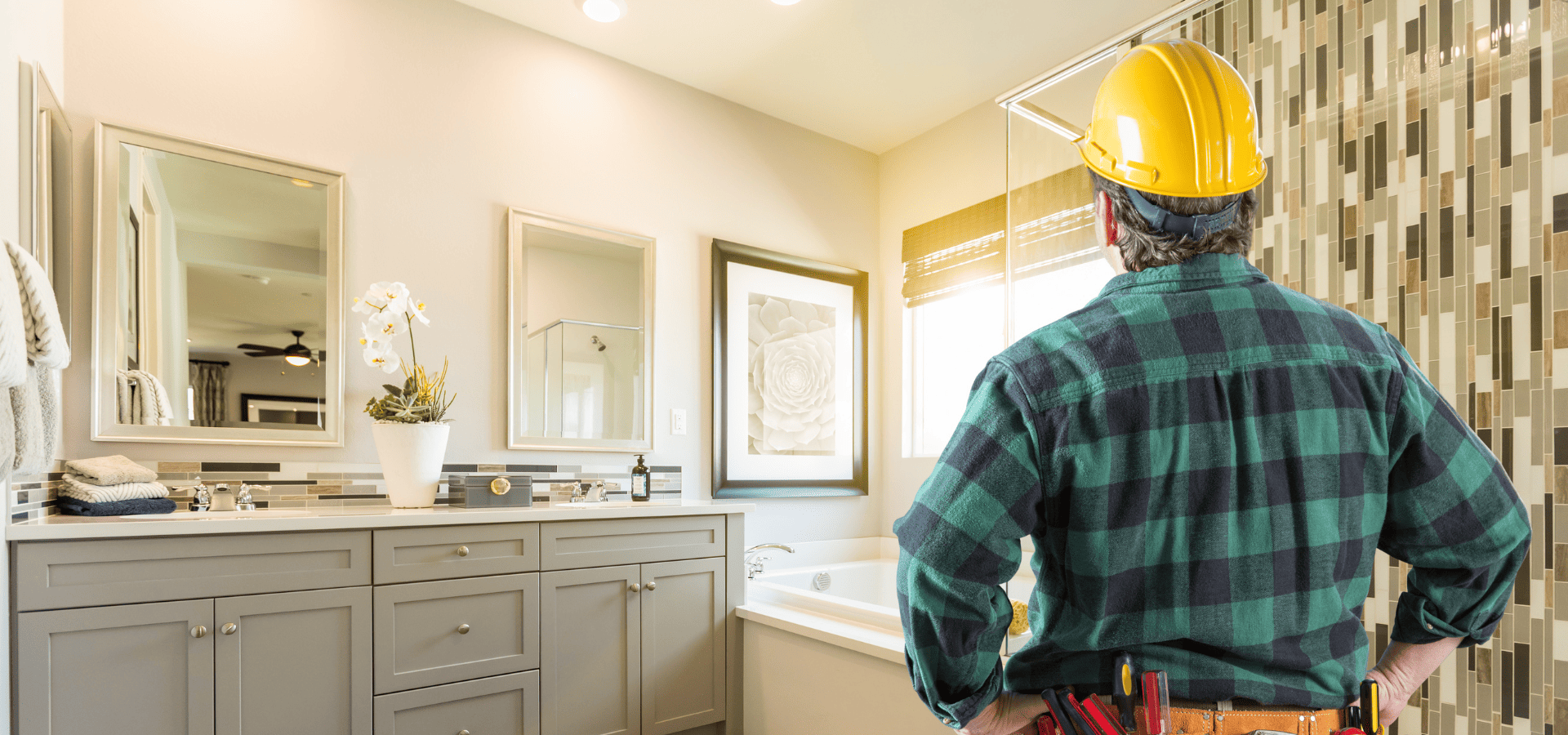Modern Bathroom Technology: Best Smart Innovations For Your Home
Over the years, with the advance of technology, our lives have become better and more comfortable.
We now have temperature control systems to stay as cozy or cool as we want, apps that allow us to have all sorts of food delivered to us, and all the world’s movies in a small, hand-held device known as a mobile phone.
The bathroom is no different. Over the years, many new pieces of technology for bathrooms have surfaced, each enhancing convenience and comfort in its own way.
Given how essential bathrooms are and how often you use them, the benefits of any technological upgrades will be felt keenly and will definitely be worth the investment.
Despite the advances of technology though, most homeowners’ bathrooms are still relatively basic in terms of technology. There are luxury, hotel-like bathrooms and beautiful, minimalist bathrooms. But even those tend to have almost the same level of technology as regular bathrooms.
Even in most higher-end bathrooms where much has been invested into upgrading the bathroom, it’s mainly aesthetic and perhaps quality upgrades, but seldom technological ones.
They might feature huge freestanding bathtubs, large toilets, and double vanities, but functionally speaking, those do the same as their more basic and more affordable counterparts.
The problem is that most homeowners don’t even know the various pieces of technology they can integrate into their bathrooms.
Bathroom remodeling companies don’t make it a point to educate homeowners either, since most homeowners don’t know what’s available and thus don’t care. In fact, some bathroom remodelers themselves don’t know what’s on the market either.
In addition, given that their bathrooms work fine, most homeowners are perfectly fine with the status quo. After all, they don’t know what they’re missing out on, and you can’t want what you don’t know exists.
But given how big a role your bathroom plays in your life, it’s crucial that you know what upgrades are available to give you the best experience each time you step into your bathroom.
Here are the best modern bathroom technology upgrades for your bathroom.
1. Heated Towel Racks
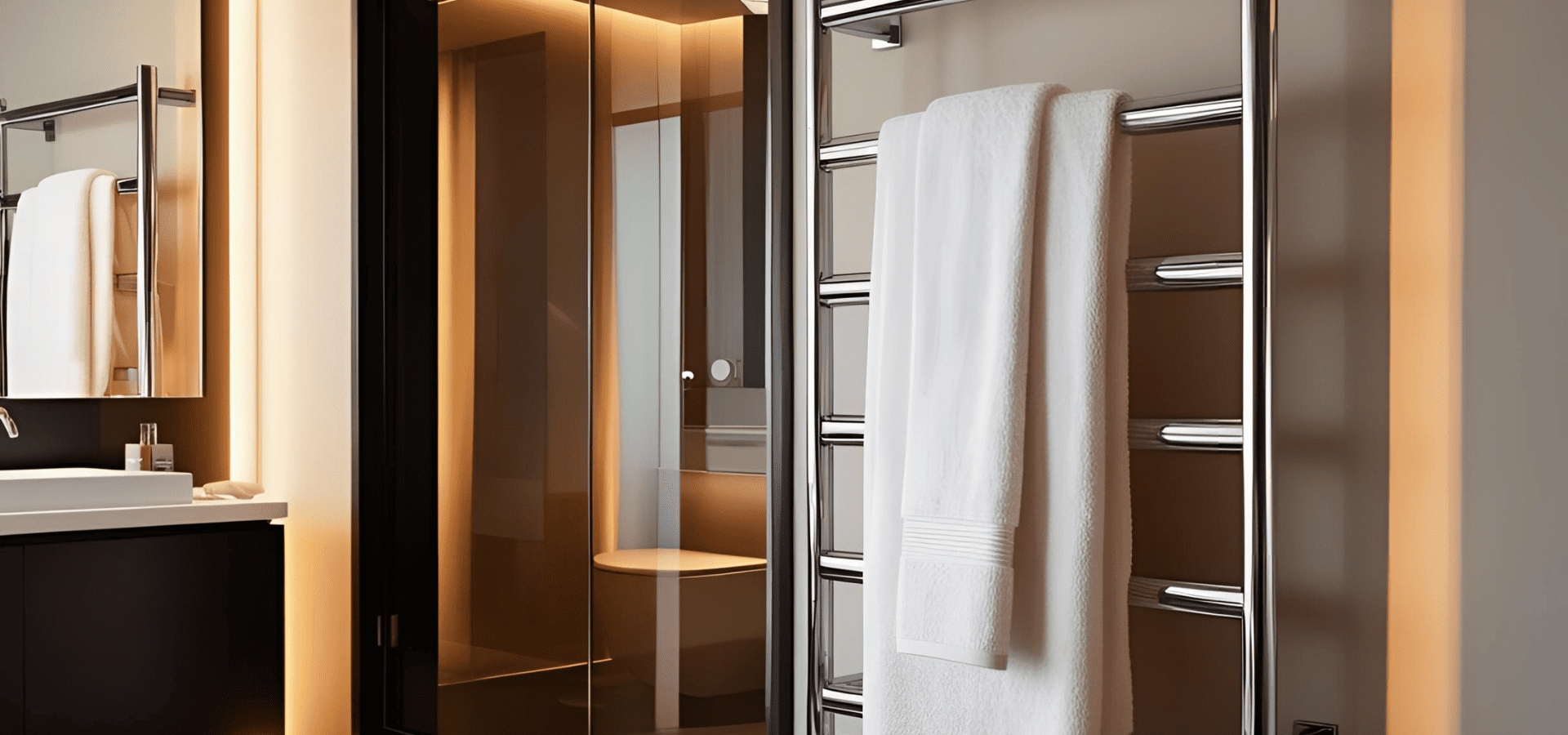
Everyone knows how cold it is when you get out of the shower. When water evaporates, it takes heat from our bodies, thus making us colder.
Now imagine having a warm towel to wrap around your body as soon as you step out of your bathtub or shower.
With heated towel racks, that’s exactly what you’ll get.
Heated towel racks heat up your towel to a nice degree of warmth within 10-30 minutes, depending on your model, and keep it that way. So simply leave your towel there and enjoy your bath, and by the time you’re done, it’ll be just right to enjoy your warm cocoon.
More advanced systems even allow you to set the exact temperature that you want and even set schedules and timers for the heating.
Practically speaking, besides comfort, heated towel racks also help dry your towels faster. This helps stave off the smell of dampness and prevent mold and bacterial growth. This makes them a valuable feature in humid bathrooms or climates.
A basic entry-level heated towel rack will cost about $100-200, while more advanced ones can go up to the higher end of the 3-figure range or even up to a thousand dollars.
A basic one will suffice for most people though. Higher-end ones will look more seamless and are more adjustable, but you won’t need them if all you want is to enjoy a warm towel and a less humid bathroom.
2. Smart Mirrors
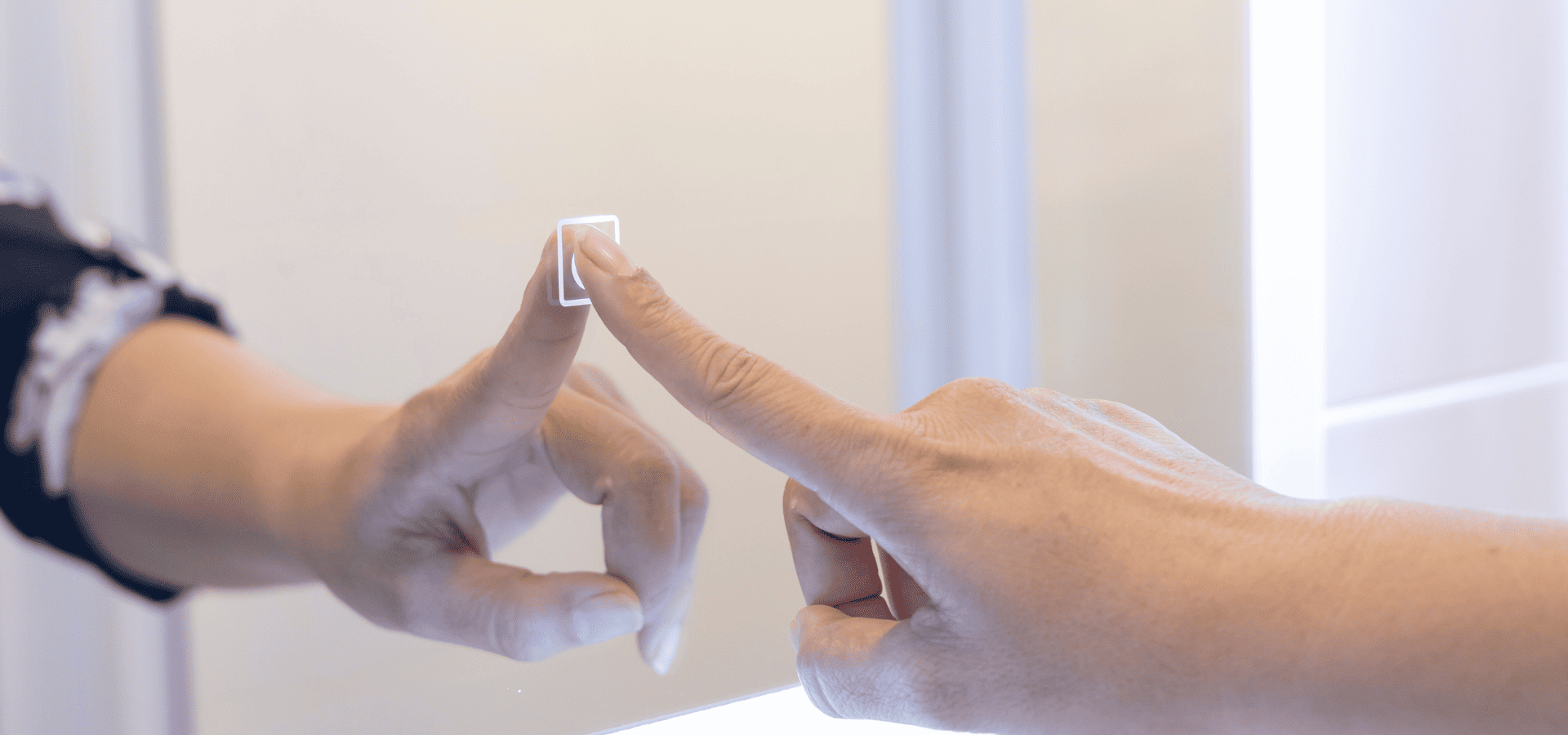
If you’ve ever watched the Iron Man movies where Tony Stark has all his data displayed on thin, glass screens, that’s roughly what you’re going to get with smart mirrors.
Smart mirrors can display the time and date, weather, news headlines, your calendar events, and even your music or home system controls.
This is extremely useful when you’re brushing your teeth or just getting ready for the day and don’t want to have to keep checking on your phone.
A very practical benefit of smart mirrors is that they make it much easier to keep track of the time when you’re getting ready for work.
When you’re rushing for work, the last thing you need is to spend too much time brushing your teeth, washing your face, or shaving. A smart mirror that readily shows you the time lets you know whether you’re on track or need to hurry it up.
This helps reduce the chances of you spending too long on your morning prep and being late for work as a result.
Even if you’re not getting ready for work, a smart mirror can show you useful data like your schedule for the day and news headlines, so that you’re ready for the day ahead and can keep up with current news — all while doing your morning prep.
More advanced models even support touch interaction, which lets you really interact with your mirror the way Tony Stark does. They can also support voice assistants, giving you your very own Jarvis.
You can read the news, scroll through your emails, and control your music — all from your mirror.
Depending on how futuristic you want your mirror to be, your smart mirror will cost you anywhere from $100 to upwards of $2,000.
Don’t let the $2,000 scare you though. It’s only for super advanced models with large touchscreens and full smart TV capabilities. A mid-range smart mirror that comes with a wide range of data displays, voice assistant integration, and touch controls will only set you back a few hundred dollars.
3. Self-Cleaning Surfaces
One of the most useful advances in technology is self-cleaning surfaces.
Self-cleaning surfaces significantly reduce the amount of germs and bacteria on surfaces, which also helps fight mold, mildew, and grime.
Given how much bacteria is in bathrooms, self-cleaning surfaces are an extremely valuable feature to limit the spread of harmful bacteria and lower the risk of users falling sick.
Self-cleaning surfaces employ either antimicrobial or nanotechnology coatings to reduce or kill microorganisms like bacteria and mold. This can be used for your tiles, shower glass, faucet, sink, and toilet seat.
Besides reducing the spread of germs and diseases, self-cleaning surfaces also help extend the lifespan of your bathroom features.
By resisting stains, mold, and grime, self-cleaning surfaces prevent degradation from those external elements.
Plus, with less dirt, stains, and mold, you don't have to clean as often. This means your surfaces will be exposed to chemical elements less often, which, while necessary, can be harsh on surfaces and wear them out over time.
In fact, self-cleaning surfaces typically require only mild cleaning, which wears out your surfaces much less than deep cleaning.
Overall, self-cleaning surfaces will help resist external elements and seriously reduce wear and tear from cleaning.
Now, price-wise, you'll definitely be paying a bit more, but it's not going to be an exorbitant amount.
For tiles, it's going to cost 10-25%. For shower glass, about $100-200 more. For toilet seats, expect to spend $35-100 more. And for faucets, about $60-150 more.
So it's going to be a bit more pricey, but considering that they'll extend the lifespan of your features by years, and help keep you and your family safe from bacteria and diseases, they're worth every cent.
4. Touchless faucets
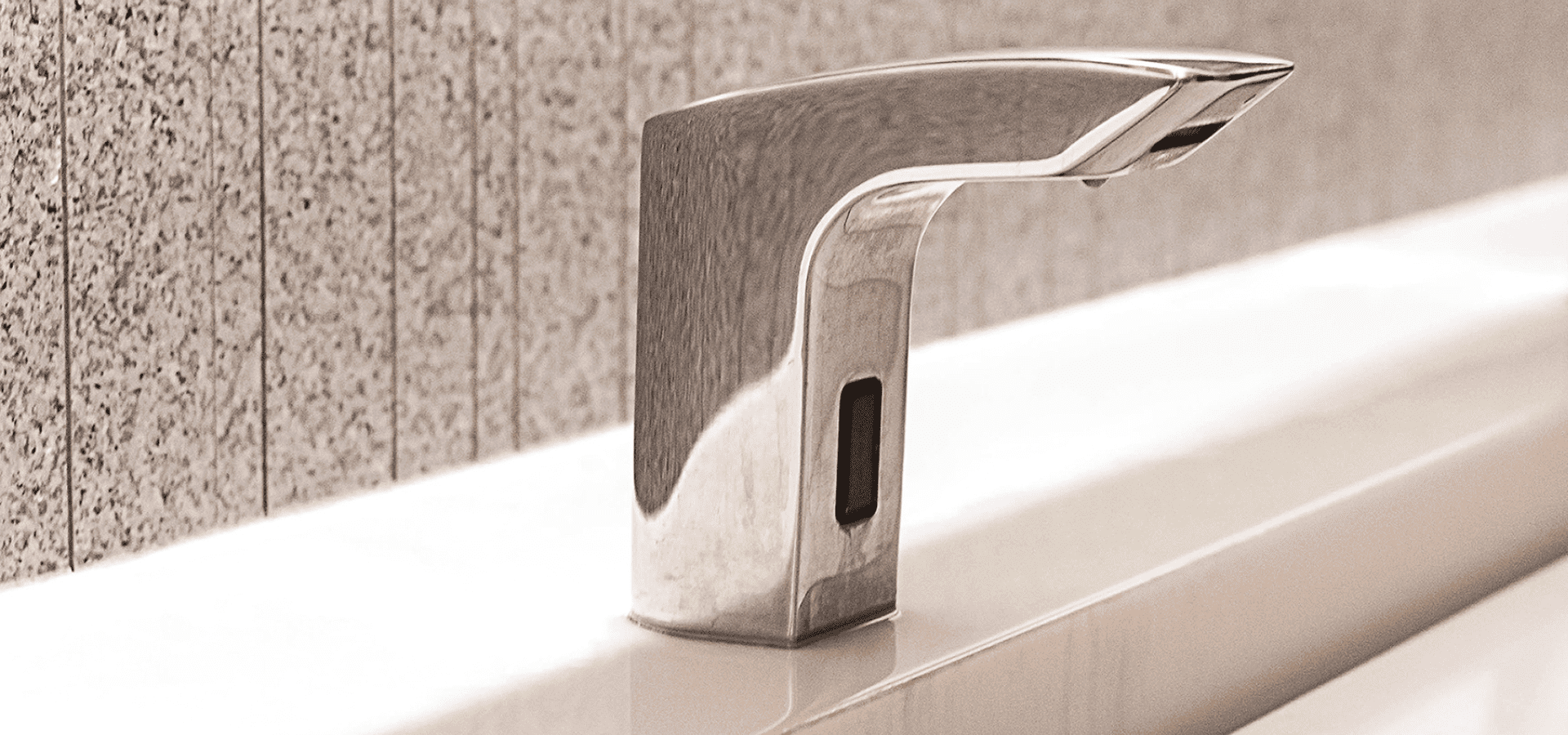
Touchless faucets aren’t new, but I’m not talking about the usual commercial ones that you see where you put your hands underneath and the faucet automatically turns on.
I’m talking about more futuristic touchless faucets that allow you to control the temperature, can display the temperature, and even support voice assistants.
Nowadays, touchless faucets are advanced enough that they can display the exact temperature of the water, and even more basic ones can light up red or blue depending on the water temperature.
And of course, you’ll be able to set the water temperature to your ideal level.
Higher-end models also support voice assistants, so you can instruct your faucet to pour you a glass of water or fill up your bottle, though that’s a feature you’ll probably use more for your kitchen faucet than your bathroom one.
Touchless faucets aren’t just an unnecessary luxury either. They serve a key practical purpose — to reduce the spread of bacteria.
This can be immensely helpful in limiting the spread of bacteria in high-traffic bathrooms like your guest bathroom. If you have more vulnerable groups of people, such as kids or the elderly, at home, this is an important feature to have to limit the spread of germs to them.
Just think about it. After using the toilet, we use our dirty hands to turn on the water, making the handle dirty. After we wash our hands and our hands are clean, we then have to touch that dirty handle to turn off the water.
The next person then touches that dirty handle and repeats the process again to make the handle even dirtier.
In short, touchless faucets are instrumental in limiting the spread of germs and bacteria, not just for the sake of your comfort and convenience.
5. Voice-Activated Fixtures
As mentioned earlier, technology is meant to make our lives easier, and voice-activated fixtures make life much, much easier for those with limited mobility.
This can be the elderly, people with disabilities, injured patients, wheelchair users, and even the visually impaired.
For example, the elderly, injured, or people with disabilities may find it hard to bend over to lift or put down the toilet seat. With a voice-activated toilet, all it takes is a command to lift or put down the seat.
Even flushing can be hard or dangerous for people with limited mobility. A voice-activated toilet solves that.
A wheelchair-bound or visually impaired person might also find it hard to reach the showerhead or even the shower knob. A voice-activated shower allows them to turn on and off the water and even control the temperature with just their voice.
I could go on and on, but you get the point. Voice-activated features are immensely helpful for persons with limited mobility, so if you have someone like that at home, this is going to be one of the best decisions you can make to enhance their safety and comfort in the bathroom.
Ending Off
Modern bathroom technology makes your bathroom safer, more comfortable, and more functional.
And the best part is that they don't even cost that much.
The only thing that gets in the way of homeowners improving their bathroom experience is a lack of knowledge, and with that obstacle gone, you can go ahead and make some seriously practical upgrades to your bathroom.
This list isn't exhaustive, so don't limit yourself to just these. We picked our 5 favourite ones, but there are many more bathroom tech features out there.
Just to name a few commonly known ones, there are smart toilets, motion-activated lights, and heated flooring.
As you learn more about the available options, you're probably going to be pleasantly surprised by the amazing things technology can do nowadays, so take your time to search and read up on the available options, and then see what your budget allows for.
And if you can afford it, make sure to engage a proper, trustworthy bathroom remodeling company to ensure that the installation goes smoothly and your smart feature won't be damaged.
All the best!
More From Us

